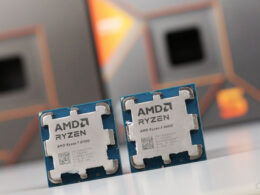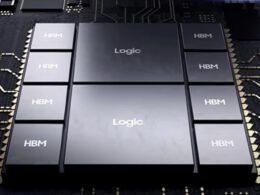The DDR3 memory market is grappling with a serious demand-supply imbalance, as major global manufacturers such as Samsung, SK hynix, and Micron are gradually winding down production of this type of memory. According to a report by Economic Daily News, the reduction in DDR3 production by major players, amid the rising demand from artificial intelligence devices and peripheral computations, has led to a significant shortfall and price surge.
Samsung has already informed its customers of plans to completely cease DDR3 production by the end of the second quarter. SK hynix shifted its DDR3 production at the Wuxi factory (China) to DDR4 production late last year. Micron as well has significantly reduced DDR3 supply in order to expand the production of newer types of memory, such as DDR5 and HBM.
Impact on DDR3 prices
Industry experts highlight that the reduction in DDR3 production by leading manufacturers has already led to a price increase for this type of memory since the second half of this year, with further spikes expected. As per forecasts by analytics firm TrendForce, by 2024, the gap between demand and supply in the DDR3 market could exceed 20-30%, leading to a price surge of 50-100% relative to the current level, which is already below cost.
Opportunities for Taiwanese Manufacturers
The situation, however, opens up opportunities for Taiwanese manufacturers specializing in DDR3 production, such as Winbond, Elite Semiconductor Microelectronics Technology (ESMT), and Etron. These companies can leverage the shortfall and price increase to strengthen their market position and improve financial indicators. Benefits from the DDR3 price increase are expected to become evident for Taiwanese manufacturers in the upcoming quarters already.
Continued Demand for DDR3
Despite the industry’s gradual transition to newer memory standards, DDR3 demand largely remains strong due to its wide usage in various devices. For instance, most WiFi 6 access points and even upcoming next-generation WiFi 7 devices primarily use DDR3 and DDR4. Moreover, DDR3 continues to be actively used in peripheral computing systems.
In summary, the combination of reduced supply and consistently high demand paves the way for further increases in DDR3 prices in the foreseeable future. Though the market will inevitably shift towards more modern types of memory over the long term, the current situation benefits DDR3 manufacturers, enabling them to fortify their financial standing.





